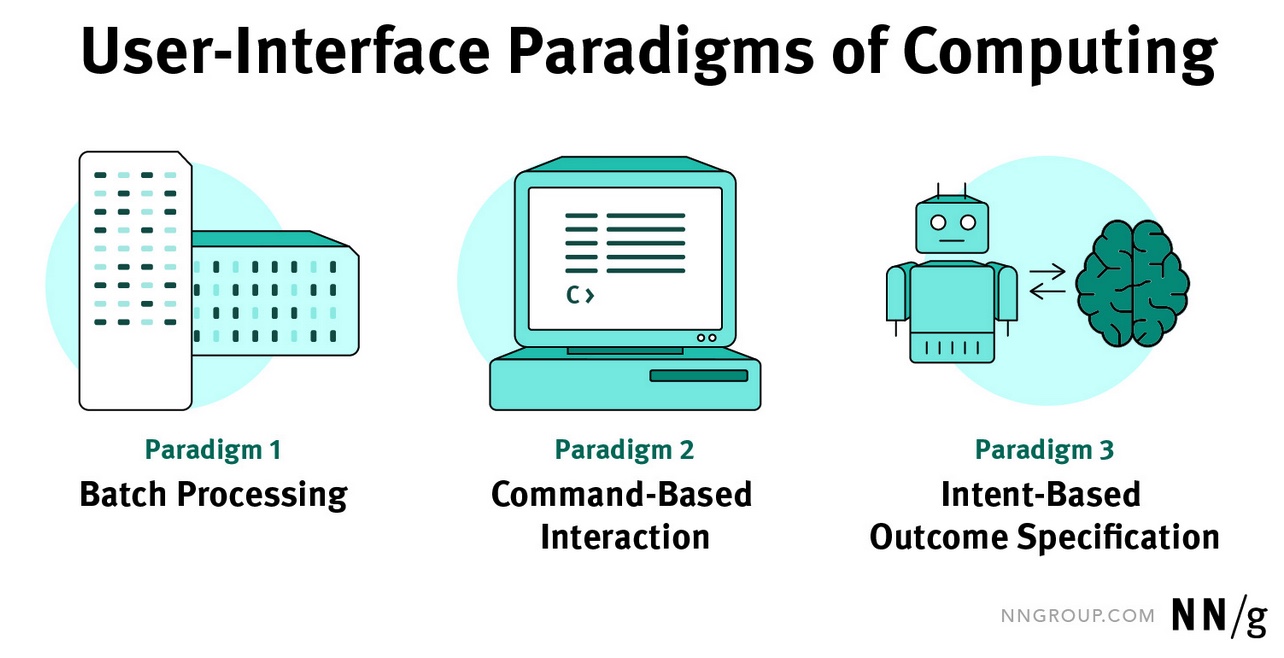
Paradigm Wikipedia
Paradigm shift Wikipedia
Paradigm OED
4. 1962
A conceptual or methodological model underlying the theories and practices of a science or discipline at a particular time; (hence) a generally accepted world view.1962 'Normal science' means research firmly based upon one or more past scientific achievements..that some particular scientific community acknowledges..as supplying the foundation for its further practice... I..refer to [these achievements] as 'paradigms'. T. S. Kuhn, Structure of Scientific Revolutions ii. 10
1975 The publication of Chomsky's Syntactic structures provided a new paradigm for linguistics. Language vol. 51 1009
1976 In a nutshell, paradigms are 'universally recognized scientific achievements that for a time provide model problems and solutions to a community of practitioners. Language vol. 52 286
1977 Paradigms supported by the 'good old boys are challenged by new facts, new hypotheses grounded in them. Dædalus Summer 61
1988 It certainly must be restricted in its application to the microenvironment of the normative science of a given time—that is, to a working hypothesis developed within the context of the accepted beliefs (paradigm) of the day. A. M. Silverstein, Hist. Immunology p. xix
2002 The topic of this workshop is 'Non-Monotonic and Uncertain Reasoning in the Focus of Competing Paradigms of Cognition'. Bulletin Symbolic Logic vol. 8 324
Paradigm Thesaurus.com
Paradigm synonyms Merriam-Webster
Paradigm ethymology etymonline.com
UI paradigms Jakon Nielsen at nngroup.com
...AI is introducing the third user-interface paradigm in computing history, shifting to a new interaction mechanism where users tell the computer what they want, not how to do it — thus reversing the locus of control....The beauty of graphical user interfaces is that they do show the status after each command, at least when designed well. The graphical user interface has dominated the UX world since the launch of the Macintosh in 1984: about 40 years of supremacy until it possibly is replaced by the next generation of UI technology and, more importantly, the next UI paradigm in the form of artificial intelligence.
...in command-based interactions, the user issues commands to the computer one at a time, gradually producing the desired result (if the design has sufficient usability to allow people to understand what commands to issue at each step). The computer is fully obedient and does exactly what it’s told. The downside is that low usability often causes users to issue commands that do something different than what the users really want.
With the new AI systems, the user no longer tells the computer what to do. Rather, the user tells the computer what outcome they want. Thus, the third UI paradigm, represented by current generative AI, is intent-based outcome specification.
...Clicking or tapping things on a screen is an intuitive and essential aspect of user interaction that should not be overlooked. Thus, the second UI paradigm will survive, albeit in a less dominant role. Future AI systems will likely have a hybrid user interface that combines elements of both intent-based and command-based interfaces while still retaining many GUI elements.
